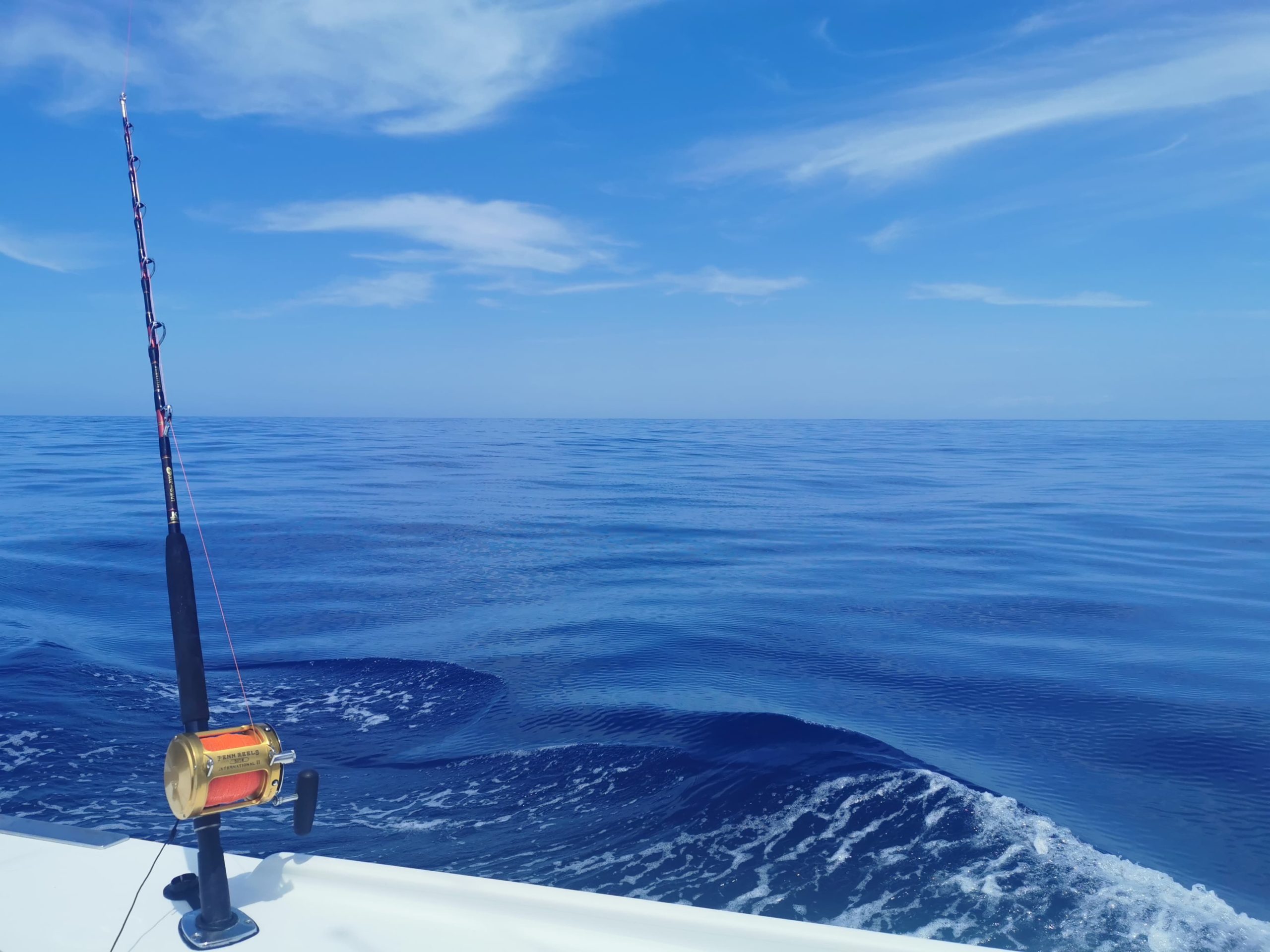Fishing methods FAQs
All FAQs |
Customary Fisheries | Fisheries Management | maximum sustainable yield | QMS | Economics | Fishing | Rescue Fish | Environment | Fishing methods | Recreational Fishing | Fishcare | customary | Kahawai | Reform scam | Baitfish
June 19, 2025
Alternatives to trawling include long lining and trapping as they are more selective and less damaging to the marine environment. While these alternative methods may be more time consuming they generally deliver better quality fish which ought to attract a higher value return.
June 19, 2025
Since 2012, LegaSea has advocated for the removal of bottom trawling and other destructive mobile, bottom-contact fishing methods such as Danish seining and dredging, from New Zealand’s inshore marine environment. LegaSea supports a transition to more selective harvest techniques.
June 19, 2025
Between 2023 and 2024, the total area trawled in New Zealand’s inshore and deepwater fisheries is equivalent to more than 168,000 square kilometres. That’s the same as dragging nets across the equivalent of 22 million rugby fields, every year. The total area trawled each year in the inshore fishery has been declining since 2018. Source ... Read more.
June 19, 2025
Some of the most common species targeted by inshore bottom trawlers includes snapper, gurnard, tarakihi and john dory. The non-targeted lower value species, commonly referred to as ‘bycatch’ can include spiny dogfish, seafloor dwelling organisms, molluscs, occasionally dolphins and various other species. It’s important to note that targeted and unwanted species caught by bottom trawlers ... Read more.
June 19, 2025
There are three main issues associated with bottom trawling: Destructive – Bottom trawling damages the seafloor and the creatures living on/in it, often leaving long-lasting impacts on the marine ecosystem. Bulk harvesting – Bottom trawling allows for large amounts of fish to be caught during one fishing event. The fish that are caught in the ... Read more.
June 19, 2025
Bottom trawling is an industrial fishing method that involves dragging weighted nets across the seafloor to catch marine life that live on/near the bottom. Heavy steel ‘trawl doors’ are attached to the sides of the trawl net and dig into the seafloor. The trawl doors also act to keep the net’s mouth open and assist ... Read more.
May 29, 2025
Purse seining is the main method used by commercial fishers to catch kahawai. Substantial quantities of kahawai are also harvested using set nets and as non-targeted catch in the surface longline and trawl fisheries Source – Fisheries New Zealand, Fisheries Assessment Plenary. May 2024. Pages 720 & 721
November 2, 2020
Alternatives to trawling include long lining and trapping. While these alternative methods may be more time consuming they generally deliver better quality fish which ought to attract a higher value return.
November 2, 2020
It is unknown how long it would take for an area to recover from trawling because no one in New Zealand has deliberately stopped trawling and supported a research project on recovery rates.
August 23, 2018
A range of methods are used by commercial fishers to harvest seafood. These methods include trawling, purse seining, netting, potting, trapping and longlining. This graphic shows the various methods common in New Zealand and how they are deployed.

